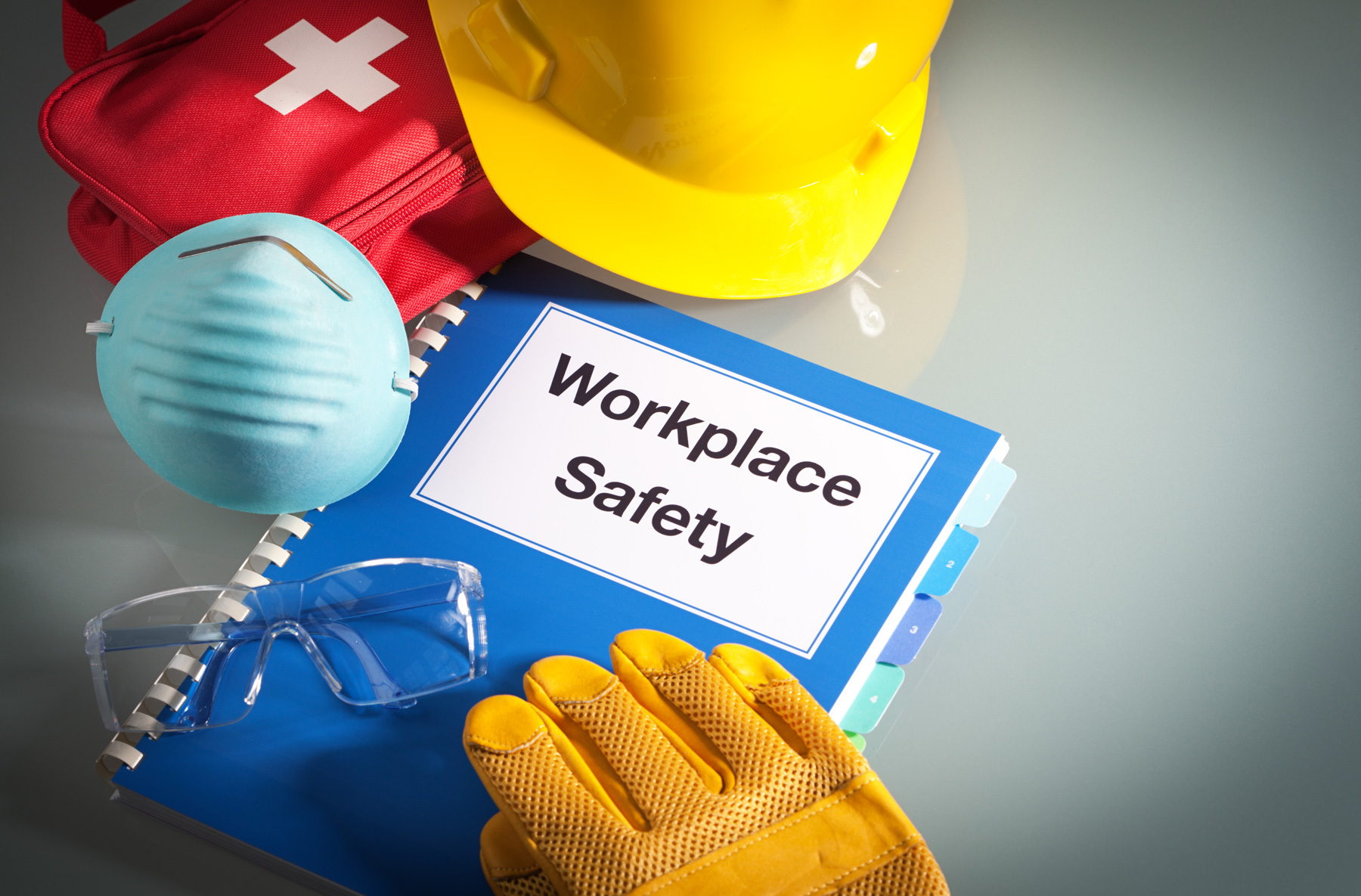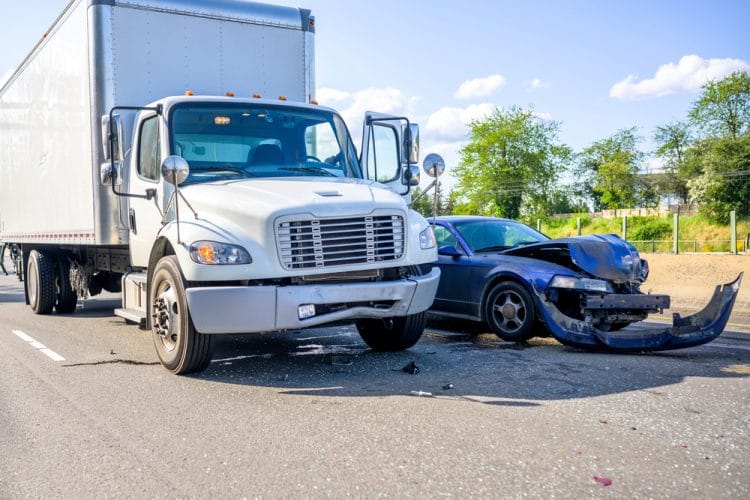Anyone who’s been through a real emergency in the workplace knows that safety isn’t just a stack of paperwork or some annual routine. It’s what happens in those unpredictable moments, in the shadows and corners—the unglamorous areas no one thinks about until something goes wrong. Every workplace, whether it’s a slick high-rise, an immense warehouse, or the underbelly of a bustling plant, carries hidden risks where danger can slip in quietly. That makes confined spaces, with their tight passages and silent threats, one of the most underestimated hazards you could face on the job.
This article isn’t another checklist or a warning taped to a breakroom wall. Instead, it’ll show you why confined space training is the difference between hoping for safety and actually making it happen. We’ll draw on lessons from real incidents, break down what you need to watch for, and map out how HR departments can champion a safety culture that outperforms regulations. Because in the world of confined spaces, the only thing more dangerous than neglect is thinking you’re already safe enough.
Why Every Workplace Needs a Reality Check on Confined Spaces
There are spaces within almost every job site or facility that workers instinctively avoid—the crawl spaces, tanks, silos, or manholes. These are the blind spots where accidents aren’t just possible, but painfully sudden. The harsh truth is, a lack of awareness or targeted training for these areas costs companies dearly, not just in compliance fines but in lives changed forever in an instant.
Think of a maintenance technician stepping into a storage tank without understanding the atmospheric risks. Minutes later, a toxic buildup—silent, invisible—has already done irreversible damage. Or picture a recovery team entering a vault, stacking risk upon risk because no one knew how to monitor for oxygen deficiency. Confined spaces do not discriminate between the overconfident and the unassuming; the danger is always present and often overlooked.
Many organizations rely on general safety orientation, but that’s where cracks form. Those looking for structured, up-to-date resources can find confined space safety training courses for workplaces that address real scenarios, not just box-ticking. Your policies don’t matter to a confined space—actual hands-on, scenario-driven training does. Knowing how to use a gas detector, how to communicate clearly, and when to call for help can mean the difference between a locked gate and an open path to disaster.
Boosting Morale and Building a True Safety Culture
Safety culture starts with attitude but is proven by action. When workers know that their well-being, especially in the most hazardous conditions, is top priority, trust follows. The ripple effect is noticeable—absenteeism drops, camaraderie grows, and incident rates start to slide downward. Confined space training, when done well, becomes much more than another box to tick; it is a visible signal that no corner of the facility is taken for granted.
Let’s imagine two plants. In one, workers trade rumors about what’s down in the pit, each quietly hoping it’s never their turn. In the other, every worker can recite the entry and rescue process, confident in the gear and drills that back them up. HR plays an unspoken but pivotal role here: selecting the right instructors, backing thorough drills, and auditing not just paperwork but real understanding on the floor.
This investment shows up in daily exchanges. People speak up about hazards, help each other buckle harnesses correctly, and use checklists as living documents—not dusty forms. They understand why these steps matter, because their training made room for tough questions and worst-case scenarios. That’s how a culture forms—one that stands up, even when rules are tested.
From Risk Assessment to Response: The Real-World Payoff
Confined space safety isn’t theory—it’s tested every time critical work happens in narrow passages, sumps, or storage bins. Effective programs start with risk mapping—finding out exactly which spaces on your site are classed as “confined,” then classifying the risks. Not all spaces are created equal; what traps one worker may pose no problem for another unless conditions shift in the blink of an eye.
Consider how smart organizations do it: they assign roles, maintain detailed entry logs, and make sure air quality monitoring isn’t just a tool tucked into a toolbox but carefully calibrated and used. Alarm systems are checked frequently. The team knows how to start a rescue and, crucially, when to step back and let emergency services take over.
When these protocols are drilled, not just reviewed, response times improve. Recordkeeping becomes more than a regulatory chore; data on near-misses and real incidents reveals trends, guiding targeted retraining. Each close call is a lesson banked for next time. Over time, you’ll find that the number of “next times” drops dramatically—a sure sign that training is giving more than just peace of mind.
Spotting Overlooked Risks and At-Risk Roles
It’s easy to miss out on some of the less obvious hazards. Supervisors may focus on big-ticket dangers, but confined spaces often play host to subtler threats: fluctuating gas concentrations, sudden engulfment risks, or shifts in machinery vibration patterns. It’s not always the maintenance workers or janitorial teams who are exposed; sometimes, it’s a visiting contractor, a delivery driver, or someone drawn in by an innocuous leak.
That’s why effective confined space training means starting with a granular review of all tasks, not just the ones you think are dangerous. HR and safety leads need to review incident histories and update role lists frequently, engaging workers at every seniority level in identifying not only where danger lurks—but also who, specifically, is at risk. This is no small feat, but the cost of missing even one at-risk employee can be catastrophic.
Case study after case study highlights how quickly things unravel when “routine” maintenance morphs into an emergency. Recognizing at-risk roles isn’t arrogance—it’s humility in the face of unpredictable environments. The quiet power of regular walk-throughs and open feedback can catch what policies miss, making training as dynamic as the spaces it protects.
Implementing Effective Training in the Real World
No confined space safety program thrives as a one-off session. The organizations seeing the biggest payoffs run training that’s layered, evolving, and deeply hands-on. It starts with onboarding, but the magic happens in refreshers, scenario drills, and cross-departmental exercises. That means every department, even HR, gets invited—because emergencies don’t check job titles.
- Map and Classify: Audit every confined space, noting both standard and “oddball” hazards.
- Role Assignment: Confirm who enters, who monitors, and who documents each operation.
- Drill Often: Practice rescues as well as entries—realistic, high-stress drills unmask weak spots better than paperwork alone.
- Track and Adapt: Use incident data to update protocols, celebrate close-calls-avoided, and re-certify regularly.
Scene-setting, the most successful companies turn annual safety weeks into living events. From hands-on rescue demos to pop-quiz drills, these moments make learning memorable—and transferable to the field.
How HR Can Lead, Not Just Follow, in Safety
Often, safety initiatives are painted as the domain of operations, facilities, or safety departments. But HR, with its reach and authority in training, hiring, and communication, can make or break a safety culture. Confined space safety programs flourish when HR insists on accountability at every touchpoint: onboarding, performance reviews, third-party contracts, even exit interviews.
The secret weapon? HR’s bird’s-eye view lets them spot patterns that single departments might overlook. Was a new temp skipped for training? Is a key supervisor out the week of rescue drills? HR can connect the dots—making sure confined space training is something every relevant employee receives, not just the ones who shout the loudest.
When employees see HR investing in high-quality trainers, timely refreshers, and resources for anonymous feedback, the result is a two-way culture: workers are honest about mistakes and receptive to learning. Safety stops being a memo or a poster on the wall and becomes an everyday reality.
Tracking Success—And Staying Persistent
The true impact of strong confined space safety initiatives sits in the numbers—but it’s also stitched into daily routine. Incidence reports slide downward. Correct PPE use, sharper decision-making, and confidence when traversing or inspecting dangerous areas all rise. However, it never pays to coast; the hardest safety cultures are built on vigilance and openness to improvement, not complacency.
Regular audits, transparent sharing of results, and asking individuals for ways to improve the process all reinforce the habits that keep risk at bay. HR’s ongoing role in celebrating and recalibrating these efforts ensures that confined space training never goes stale, never gets taken for granted.
Conclusion
Confined spaces don’t play by your rules and they exploit what you miss. The only way to nail down safety is through real, scenario-driven training, owned by every layer of HR and operations. The dividends are obvious: stronger morale, lower incidents, and the satisfaction of knowing hazards are actively managed, not just assumed away.
When training is a daily conversation, its effects echo everywhere, turning hope and paperwork into confidence and expertise. That’s why for every workplace, confined space training is non-negotiable—a shield built in advance, when there’s still time to make a difference.











